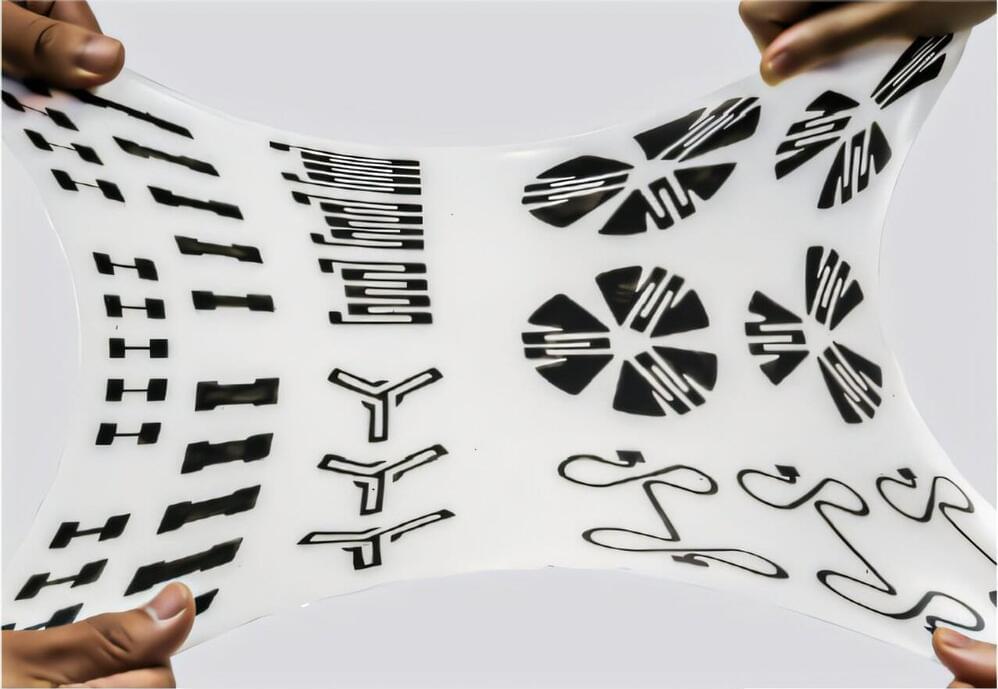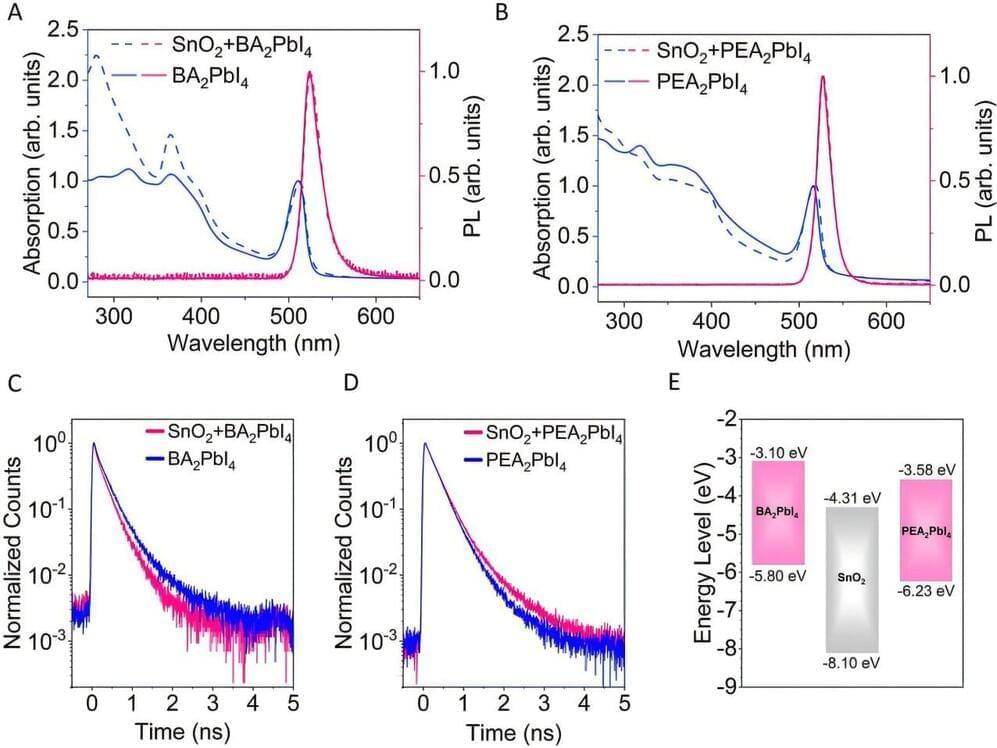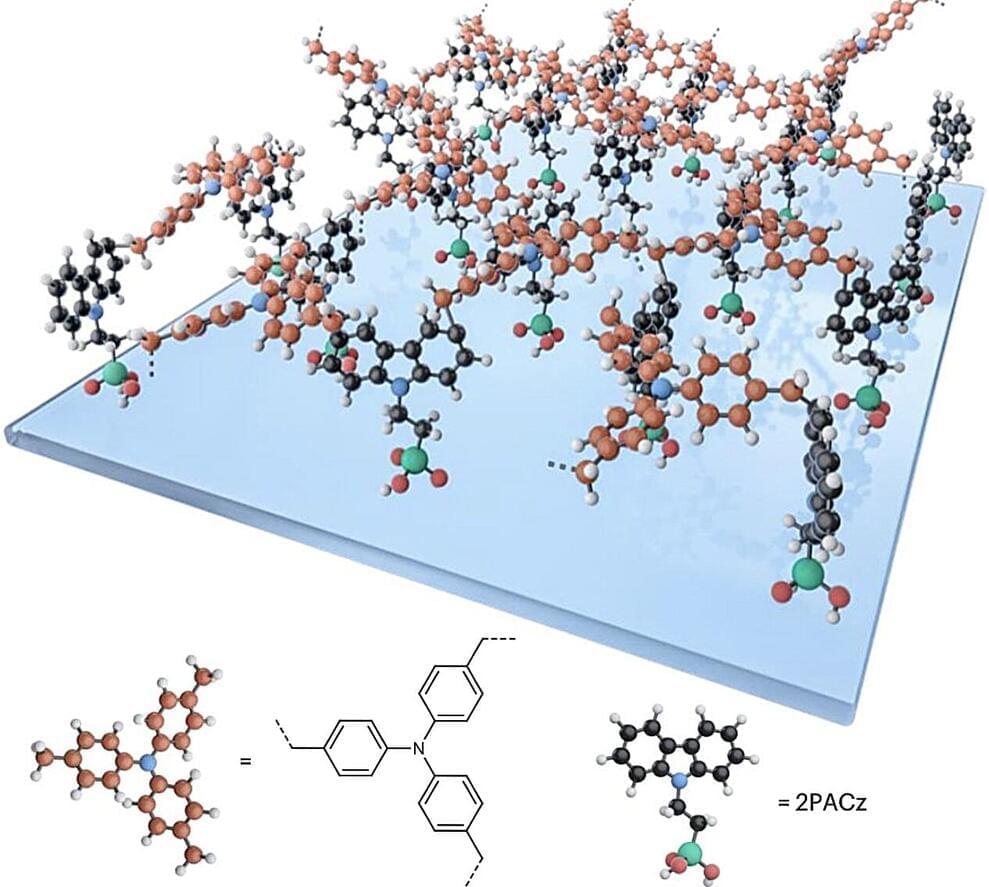“For the First Time Ever: China’s Tiangong Astronauts Create Oxygen & Rocket Fuel in Orbit!”
For the first time, astronauts aboard China’s Tiangong space station have achieved a groundbreaking feat: converting carbon dioxide and water into oxygen and rocket fuel using artificial photosynthesis. This revolutionary technology mimics how plants create energy and has the potential to transform space exploration forever. Imagine astronauts producing breathable air and spacecraft fuel directly in orbit—no more costly resupply missions from Earth! This efficient, sustainable innovation could enable long-term missions to the Moon, Mars, and beyond, making the dream of a multi-planetary future more achievable than ever. In this video, we’ll explore how this technology works, why it’s so important, and what it means for humanity’s next big leap. Don’t miss out on this exciting update about the future of space exploration!
References:
https://www.scmp.com/news/china/science/article/3295452/chin…ation-leap.
https://interestingengineering.com/space/china-makes-resourc…ace-travel.
https://www.gasworld.com/story/china-turns-co2-into-oxygen-o…7.article/
.
Watch Also:
What is a Super-Earth (TOI-715 b): NASA’s new discovery That Could Support Life.
Did The NASA Hubble Telescope Really Capture Heaven?!
https://www.youtube.com/watch?v=ulPmKGaHXTg.
Step by Step! How SpaceX Assembled and installed Mechazilla in just a Few Weeks?
Russia’s Nuclear Space Weapon: How It Could destroy satellites with massive energy wave.
First Ever Negative Ions Detected on the Moon: Chang’e-6 Urgent News.
Green Hydrogen — The Future Clean Source Of Energy — Part 1





